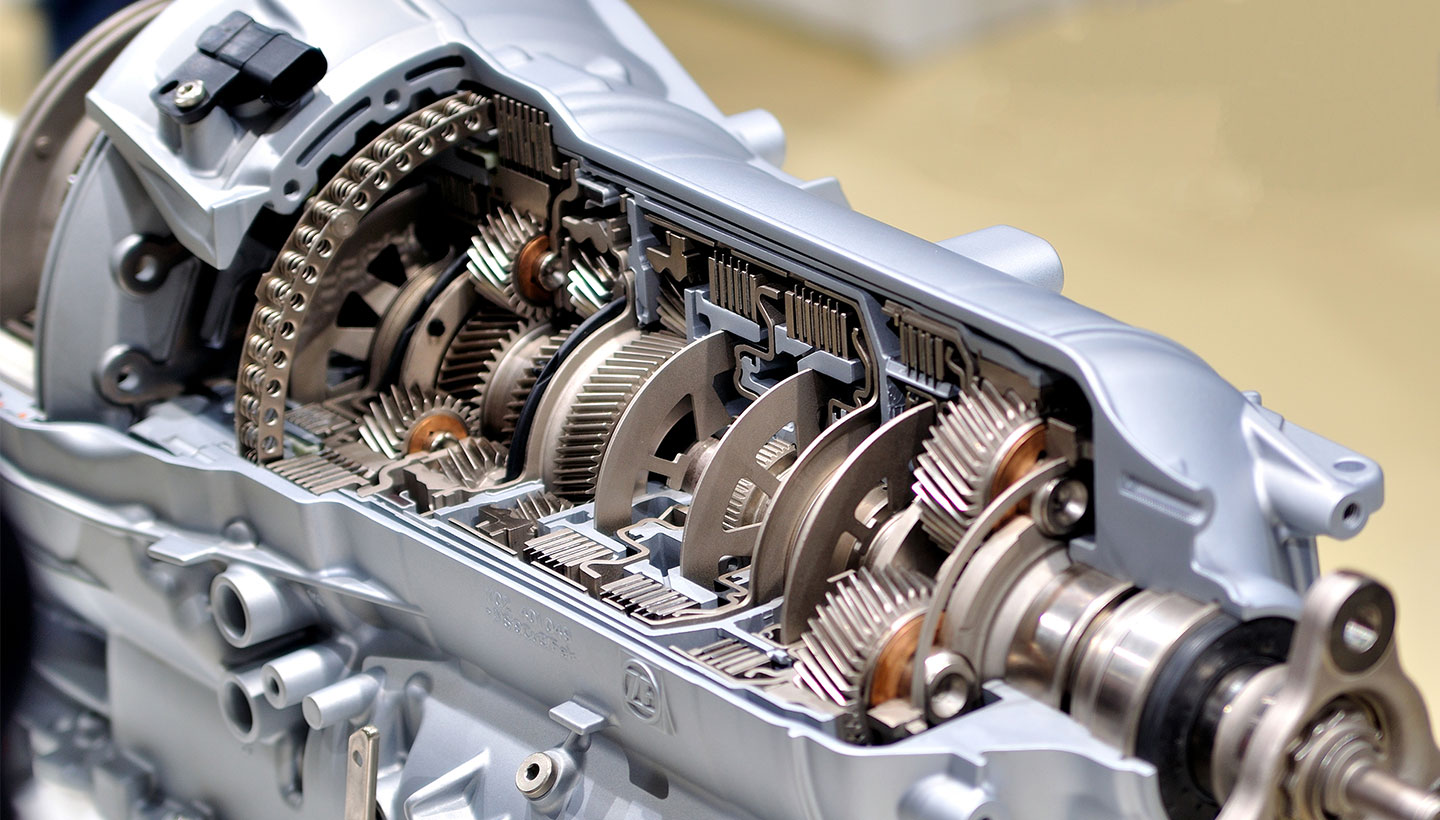Mobile:+86-311-808-126-83
Email:info@ydcastings.com
Italian
Copper Pipe Compression Caps for Secure and Reliable Plumbing Connections and Repairs
Understanding Copper Pipe Compression Caps A Comprehensive Guide
Copper pipe compression caps are essential components in plumbing systems, primarily used to seal the ends of copper pipes. These caps are critical for maintaining the integrity of various plumbing applications, including water supply lines and heating systems. This article explores the features, benefits, and usage of copper pipe compression caps.
What Are Copper Pipe Compression Caps?
Compression caps are fittings designed to create a tight seal on the end of a copper pipe. They consist of three main components the cap itself, a compression ring (also known as a ferrule), and a compression nut. When the nut is tightened, it compresses the ring against the pipe, creating a water-tight seal without the need for soldering or welding.
Benefits of Using Compression Caps
1. Easy Installation One of the most significant advantages of compression caps is their ease of installation. Unlike soldering, which requires specialized tools and skills, compression fittings can be installed quickly and without extensive experience. This feature makes them ideal for both professional plumbers and DIY enthusiasts.
2. Leak-Free Connections When properly installed, compression caps provide a reliable, leak-free connection. The snug fit created by the compression ring prevents water from escaping, ensuring that your plumbing system operates efficiently.
copper pipe compression cap

3. Versatility Copper pipe compression caps can be used in various applications, including residential plumbing, commercial settings, and HVAC systems. They are compatible with different sizes of copper piping, making them a versatile choice for various projects.
4. No Heat Required One of the notable benefits is that compression fittings do not require heat for installation. This characteristic can be particularly advantageous in confined spaces where using a torch might pose a safety risk or be impractical.
5. Durability Copper is known for its durability and resistance to corrosion, which extends the lifespan of the plumbing system. Compression caps made from high-quality copper provide a long-lasting solution that can withstand high pressure and temperature variations.
Installation Tips
To install a copper pipe compression cap, start by cutting the copper pipe to the desired length using a pipe cutter. Ensure that the ends are smooth and free of burrs. Slide the compression nut onto the pipe, followed by the compression ring. Push the cap onto the end of the pipe and tighten the nut to secure the fitting. Be cautious not to over-tighten, as this can damage the components.
Conclusion
Copper pipe compression caps are a valuable addition to any plumbing toolkit. Their ease of use, reliability, and versatility make them a preferred choice for sealing copper piping in various applications. Whether you are a seasoned plumber or a DIY homeowner, understanding how to use compression caps effectively can enhance the efficiency and durability of your plumbing system. Consider incorporating these fittings into your next project for a hassle-free plumbing solution.











